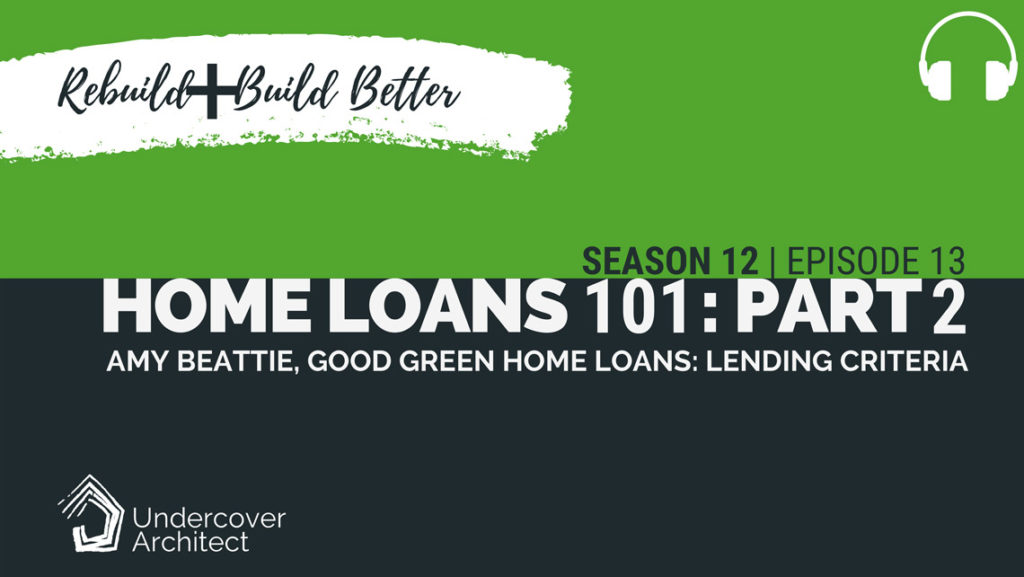Table of Content
You might consider adding contingencies to the offer, such as a right to a home inspection. Although different lenders have different credit score requirements, lenders typically require that you have a minimum credit score of 620. A lender will consider a co-signer’s or co-borrower’s income if you have one. That way, you could potentially meet the DTI requirements to qualify for a home equity loan or HELOC without a job. Before you apply, reach out to the lender to see what income sources are acceptable.

The “Loan to Value Ratio” is one of the major indicators of risk and a primary consideration that banks take into account. The valuer should comment on the demand for similar properties in the current real estate market. Care is to be taken in markets with a low turnover such as small country towns. Any guarantor on any loan within the cross-collateralised structure will be required to guarantee all loans within the cross-collateralised structure.
Consolidating debt
Where taxable income has increased over the last two years by less than or equal to 20%, the latest year’s income will be used. Income evidence must demonstrate consistent income levels for the years under review, although it wouldn’t be unrealistic for each year to reflect an increase of up to 20% in the net profit. Borrowers must produce the last 2 years business and personal tax returns. Borrowers may still get approval if they can provide evidence of genuine savings outside of the savings plan.
Potentially, yes – guarantors add a type of security to your home loan that will make lenders more confident in you as a borrower and may be required for some home loan applicants. If you only want to put down a small deposit, or none at all, but don’t have a great credit score, a guarantor could be an effective way around this. Numerous factors determine whether you’ll qualify for a home loan.
How To Choose A Home Loan?
If you qualify, a home equity loan or HELOC is relatively easy to get. This will cover the $50,000 estimated cost of the work while leaving a $25,000 cushion of cash for potential overruns or other significant expenses. Your home’s appraised value is $350,000, and you have a $150,000 mortgage balance.

Conventional loans with less than 20% down require private mortgage insurance to protect lenders if you default. The higher your down payment and credit score, the lower your PMI will be. You may pay between 0.14% and 2.33% of your loan amount in annual PMI premiums. PMI premiums are normally paid as part of your monthly payment; however, PMI can be paid up front in a lump sum at closing.
🔔 Check out our latest criteria changes to stay in the loop →
Ideally, applicants would be able to boast a strong history of repaying debts and/or keeping their head above water financially, but it’s not a prerequisite for all lenders. There are plenty of options even if your credit score isn’t perfect, though, but possessing a weaker history will likely deny you access to the best interest rates and features. If you’re self-employed, you’ll need to provide two years’ worth of tax returns, business financial statements and a notice of assessment to qualify for a full doc home loan. If you don’t have access to these documents, you can submit alternative documentation and apply for a low doc home loan. Low doc home loans generally carry higher interest rates and fees, as well as a lower maximum loan-to-value ratio which will likely prevent you from saving money on a deposit. To finance the home of your dreams through a home loan, you or any other applicant must satisfy the basic home loan eligibility criteria.
Conventional loan guidelines typically require a home appraisal, which is an unbiased opinion of a home’s value from a licensed property appraiser. Borrowers making at least a 20% down payment on a one-unit home may be eligible for a property inspection waiver and can skip a home appraisal. With the exception of Fannie Mae’s HomeReady® and Freddie Mac’s Home Possible® , most conventional loans don’t have income limits. If you’re preparing to apply for a home loan, it’s crucial that you understand the lending criteria that most lenders use.
A close friend with a clearly defined and documented interest in the borrower. There are no other additional requirements at the national level. If there are additional state-specific requirements they will be listed above. Some are even choosing to have homes virtually inspected instead of hiring a home inspector to physically walk through the property. Be smart when it comes to your FHA loan and your financial future. Combine standard and HomeReady loans into MBS pools and whole loan commitments.

And, more importantly, the seller and seller’s real estate agent will know you’re making a serious offer. Most people have never even heard of a USDA loan let alone understand the USDA loan requirements to obtain a mortgage. But, as luck would have it, even those of us with lacking credit or income or both can qualify for a mortgage if the right conditions apply. There are many ways a lender can assess your credit history, and it includes more than just looking at your credit card activity. Any type of payment such as utility bills, rents, student loans, etc. should all reflect a general pattern of reliability.
Learn about VA home loan eligibility requirements for a VA direct or VA-backed loan. Find out how to request a Certificate of Eligibility to show your lender that you qualify based on your service history and duty status. Keep in mind that for a VA-backed home loan, you’ll also need to meet your lender’s credit and income loan requirements to receive financing.
Through the credit report, lenders acquire the borrower’s credit score, also called the FICO score and this information can be acquired from the major credit bureaus TransUnion, Experiean, and Equifax. The FICO score represents the statistical summary of data contained within the credit report. It includes bill payment history and the number of outstanding debts in comparison to the borrower’s income. Lenders measure your debt-to-income ratio by dividing your total debt by your gross monthly income. Conventional lenders prefer a DTI of 45% or less but may bump it to 50% with higher credit scores and additional mortgage reserves.
Equity is the difference between how much you owe on your mortgage and the home’s market value. Lenders use this number to calculate the loan-to-value ratio, or LTV, a factor that helps determine whether you qualify for a home equity loan. Home equity loans and HELOCs have their own sets of pros and cons, so consider your needs and how each option would fit your budget and lifestyle. Regardless of which type of loan you choose, home equity loan requirements and HELOC requirements are typically the same. Requirements vary by lender, but there are standard criteria that are necessary to qualify for a HELOC or home equity loan.

Our relationships with our panel of lenders allow us to negotiate your interest rate. You may be required to give an explanation where an interest only period is requested for an owner occupied loan. These applications pose a higher risk as the principal amount is not being reduced during the initial years of the loan, therefore the LVR remains higher than that of a principal and interest loan. Maximum LVR of 95% of revised (on-completion) valuation including all improvements. The valuation must be done by a registered valuer, that evidences the successful completion, prior to the final progress payment.

No comments:
Post a Comment